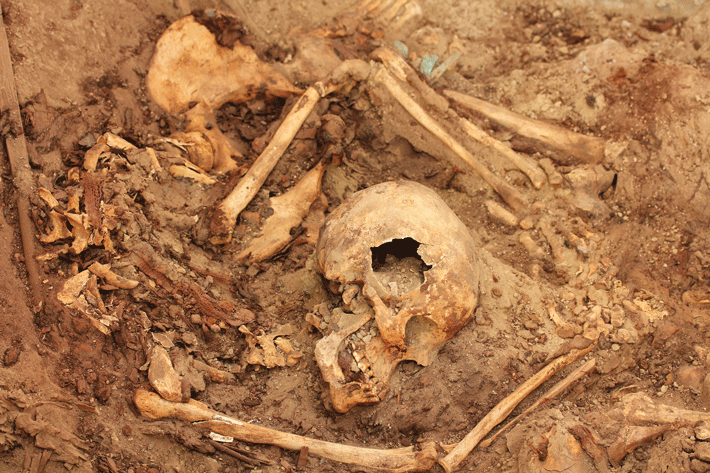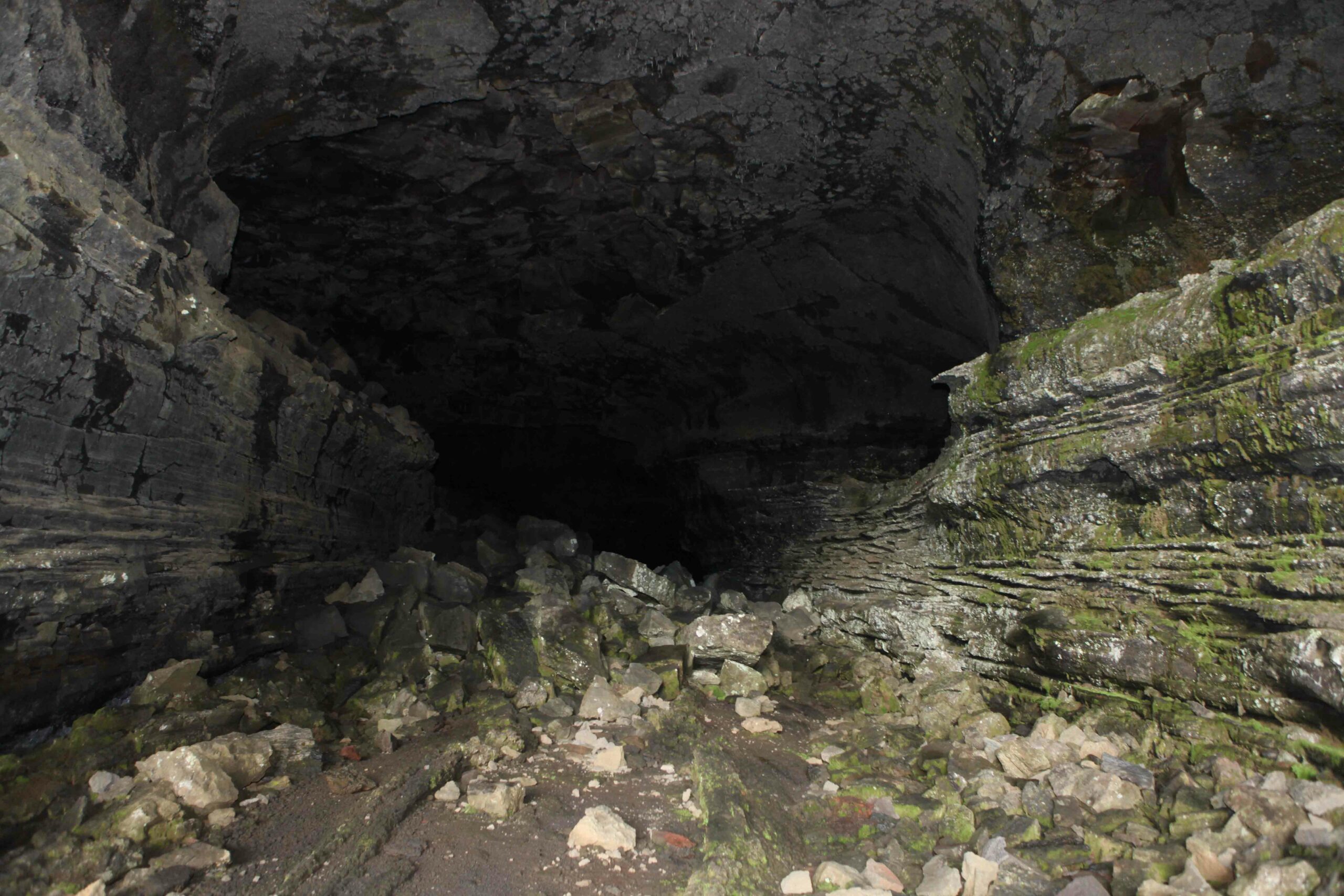
WARSAW, POLAND—Scientists led by Milosz Giersz of the University of Warsaw’s Institute of Archaeology have analyzed samples of tooth enamel and rib bone taken from some of the 64 skeletons found in a 1,200-year-old Wari tomb in Huarmey, Peru. According to a report in Science & Schoarship in Poland, most of the skeletons in the tomb, which also contained imported luxury items and artifacts made of gold, silver, and bronze, belonged to women. Some scholars have suggested that the women were elites, or wives of Wari rulers, who traveled to Huarmey from different parts of the Wari Empire. The analysis of the levels of strontium isotopes in the bone and tooth enamel suggests that the women had been born, raised, and continued to live in the Huarmey area. DNA analysis, however, indicates that the women in the tomb were not closely related to other people who had lived in the Huarmey area. “This allows us to suppose that the women buried in the tomb we examined could have been daughters or granddaughters of immigrant women from different parts of the Wari Empire,” Giersz said. To read about the initial discovery of the women's remains, go to "A Wari Matriachy?"










